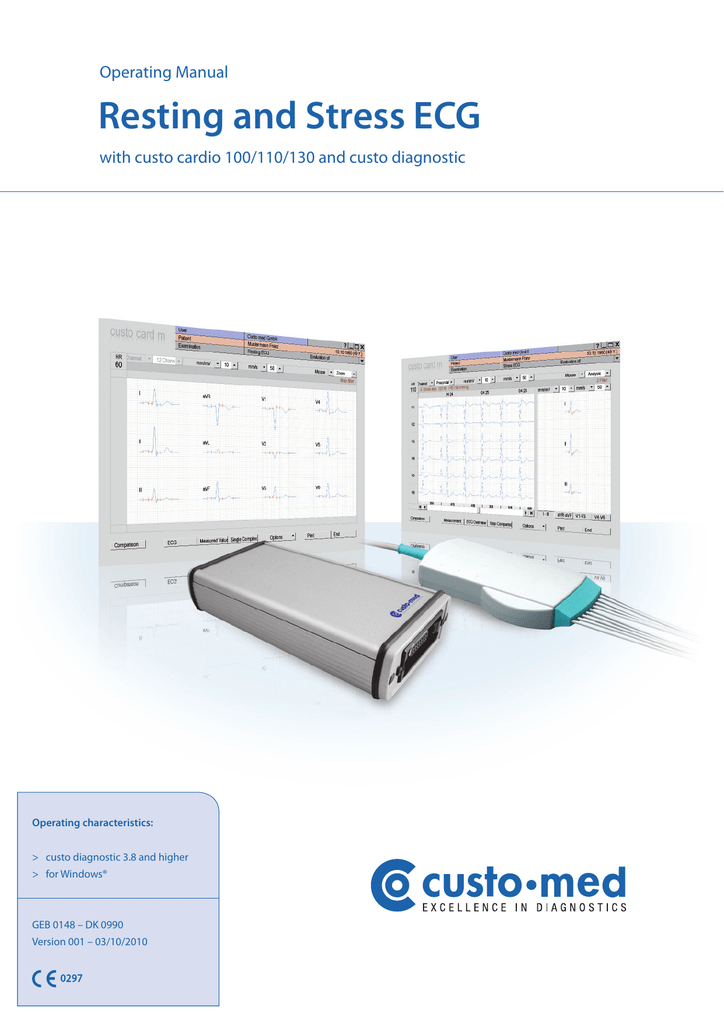Download the latest drivers, firmware, and software for your HP Thunderbolt Dock 120W G2.This is HP’s official website that will help automatically detect and download the correct drivers free of cost for your HP Computing and Printing products for Windows and Mac operating system. When connected to a USB 2.0 port the location is provided on the basis of the USB port that the device is connected to. These values are derived from specific registry keys. As the registry tree for 3rd party USB 3.0 host drivers is different to the Microsoft generic driver the Location ID cannot be calculated.
Prior to installing this device, ensure that your operating system is up to date (for example, you have installed the most recent service pack).
The custo med devices and components may only be connected to the PC after custo diagnostic has been installed. The required device drivers are installed on the PC via the custo diagnostic standard setup or by specific selection during the custo diagnostic setup. 3.3.1 Connecting and configuring custo cardio 300 custo cardio 300 USB version. Dec 16, 2020 Through this page, you can download the latest version of the MediaTek USB VCOM drivers for Android devices with the MT65xx, MT67xx, and MT68xx chipsets. Further, we will also guide you on how to install the MediaTek USB VCOM drivers on any Windows 10-to-XP PC using two different methods. For audio, Media Foundation uses the Windows Multimedia Device (MMDevice) API to enumerate audio endpoint devices. If the device meets these criteria, there is no need to implement a custom media source. However, you might want to implement a custom media source for some other type of device or other live data source.
To install the USB Server software:

- Download the latest software package from the StarTech.com website (http://www.startech.com/Support). You can find the part number and product ID on the product’s packaging.
Note: Windows will typically save the files to the Downloads folder that is associated with your user account (for example, C:Usersyour_nameDownloads).
- Once the download is complete, right-click the zip folder that you downloaded, select Extract All, and follow the on-screen instructions.
- Select the appropriate folder for your operating system.
- Right-click Setup.exe.
- Click Run as Administrator.
Note: If the Run as Administrator option is not available, you might be attempting to run the installer from within the zipped file. Extract the files using the instructions in Step 2.
- Follow the on-screen prompts to install the software and restart the computer when prompted.
- Your computer will automatically complete the software installation and your device should be ready to use.
Drivers Custo Med Port Devices Gigabit
Set up the software
Confirm that the extender is on the same network as your computer. If you are using a network with DHCP, you do not need to configure anything further.
If you are using an Ethernet cable to connect to the unit or you are using a network without DHCP, you need to change the IP address on your computer to the default IP network of the IP device server. Change the IP address of your system to 192.168.1.XXX, where XXX is a number between 1 and 49.
Note: The default IP address of the extender is 192.168.1.50 on the default subnet mask of 255.255.255.0.
USB Server software
Your extender is detected by the USB Server software when the software is launched.
Note: It may take a few minutes for the server to appear in the software.
When the extender appears in the list (for example, USB2HDMI), click either the display or media device associated with the server. Click on one of the devices and then click Connect Device.
See Full List On Cisco.com
When the USB Server software configuration is complete, the display and media devices are connected to your system as though the devices are installed locally. By default, Windows creates an extended desktop for the display, which you can reconfigure in the control panel.
